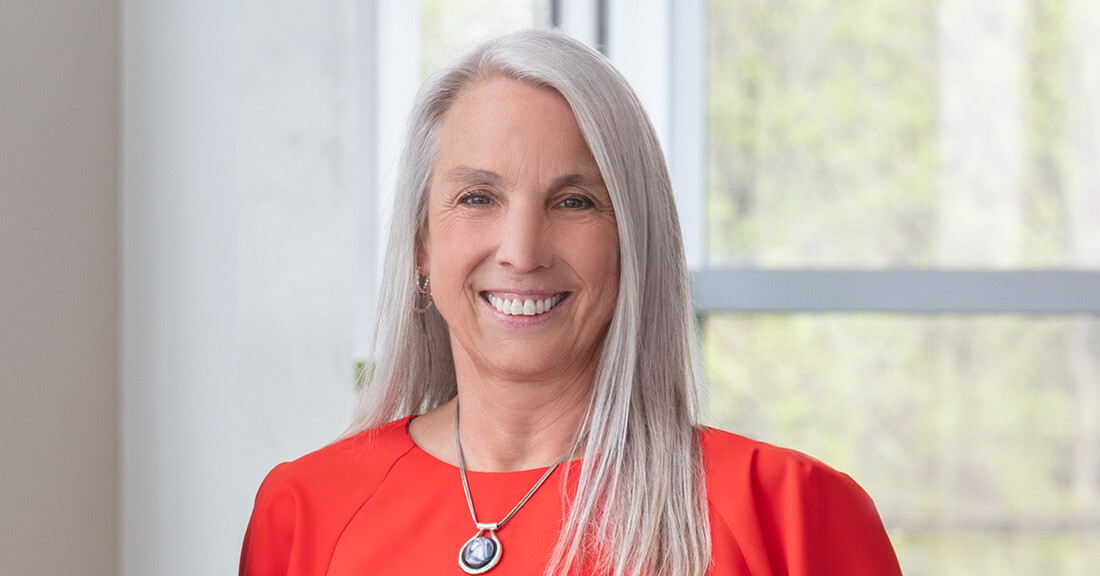Tips to Build and Lead Successful Teams

Do you love your job or want to leave it? I’m very lucky to love my job. Issues that arise are worked through because we respect and trust each other. Teamwork, comradery, high morale… those things aren’t necessarily organic. We all bring our individual needs for expression, our values and biases to work. This post explores how successful teamwork is an achievable goal.
I remember when I started out as a young professional, I was ready to conquer the world yet it was mixed with feelings of anxiety. I wanted everything to be perfect. But life isn’t perfect. Even the best teams have times when things don’t click: technology has hiccups, people have different opinions or there may be a misalignment of responsibilities requiring duty changes.
The Importance of Trust
I recall taking a managerial position in an office where prior to my arrival, the entire staff had been terminated. Not only did I need to quickly hire people, I also needed to ensure they could hit the ground running. I was completely stressed. My dad gave me some pearls of wisdom, “To have a strong team, you have to be willing to acknowledge your weaknesses. Then, hire people who have strengths where you don’t. And when people are good at something they usually enjoy doing it, which makes a strong and happy team.” He stressed the value of listening, the importance of knowing some decisions will be difficult and unpopular but need to be made and the willingness to roll up my sleeves and get in the trenches with everyone else. These things will help your team trust you as a supervisor and build trust within the team itself.
Trust is critical for a team's success. I’ve observed this in nature thanks to my passion for outdoor photography. Geese flying in formation are a great example — they trust one another to ensure they’ll get to their destination. When teamwork is present there is:
- Greater productivity.
- Shared leadership.
- A common vision.
- Encouragement.
- Cohesive and clear communication.
- Support and empathy for one another.
Thriving Teams
But getting those results isn’t necessarily easy. According to the late scholar J. Richard Hackman, a professor of social and organizational psychology at Harvard University, the secret to great teamwork is the utilization of certain "enabling conditions." When they are in place collaboration thrives. The Harvard Business Review narrowed his concepts down to three primary requirements.
-
 A compelling direction. All teams need goals and a common purpose. Goals should be S.M.A.R.T. (Specific, Measurable, Achievable, Realistic and Timely) and clearly communicated. Team members should embrace and care about their (and the team’s) achievements.
A compelling direction. All teams need goals and a common purpose. Goals should be S.M.A.R.T. (Specific, Measurable, Achievable, Realistic and Timely) and clearly communicated. Team members should embrace and care about their (and the team’s) achievements. - A strong structure. A well-balanced team will include people with diverse backgrounds and varied skills. Individual biases may interfere with the team’s cohesiveness, performance and decision-making but can be overcome as explained in this TED Talks video.
- A supportive context. To do their best work, people need to feel motivated, supported and valued. Think about the best supervisor you’ve had. Did they advocate for you and your professional development, recognize your vital contributions and have a positive attitude about the organization? These factors can influence how supported the team feels.
Being part of a team isn’t always easy. There are personalities at play, schedules to juggle and hurdles to overcome.
Stages of Team Development
A psychologist named Bruce Tuckman identified five stages of group development that describe how high performing teams function. Tuckman's theory focuses on the way teams form bonds and learn to work together.
- Forming. In this stage, most team members are positive and polite, but some may be anxious or excited. The team’s work hasn’t been completely identified and individuals are getting to know one another.
- Storming. People start to question the work to be done or the established methods from the forming stage. Teams may fail at this stage — but every team goes through it.
- Norming. Gradually, people start to come together. They iron out differences, appreciate colleagues' strengths and respect the leader’s authority. Teammates are more committed, and progress is made.
- Performing. The team efforts result in reaching its goals. This leads to satisfaction, a sense of accomplishment and builds momentum and confidence.
- Adjorning. While not part of Tuckman’s original model, it’s important to recognize some teams end or change. Maybe a team is formed for a single project or event. Once it’s over, there may be sadness. Or, if it’s an ongoing committee where members may be replaced, the team returns to a forming stage and repeats the process.
Golden Rule
We’ve all had a bad day, right? Before getting upset, take a deep breath and think about how you’d want to be treated if the roles were reversed. Conflicts exist in all group dynamics. The key is the willingness to have a conversation to work through it. It’s important to extend each other grace which is easier to do when team members have mutual trust and respect. When someone slips up, pointing fingers or blaming others only creates negativity. Whereas resolving the issue quickly is more productive and can keep a bump in the road from turning into a pothole. Being part of a team can be a rewarding, fulfilling experience when the essential ingredients are present.
Learn more at our free
SmartSessions® webinar.
Constructing a Culture of Teamwork
Dec. 14 at 2:00 p.m. CST
ABOUT THE AUTHOR

Michiale Schneider
Senior Trainer - Michiale has over 40 years of experience in learning and development, higher education, and sales. She was a former director of financial aid with a Master in Higher Education Administration degree from the University of Toledo. Michiale is also an Accredited Financial Counselor with the Association of Financial Counseling and Planning Education (AFCPE). Her background as a financial aid director and sales manager enables her to bring real-world experiences to Ascendium’s curriculum training programs.




